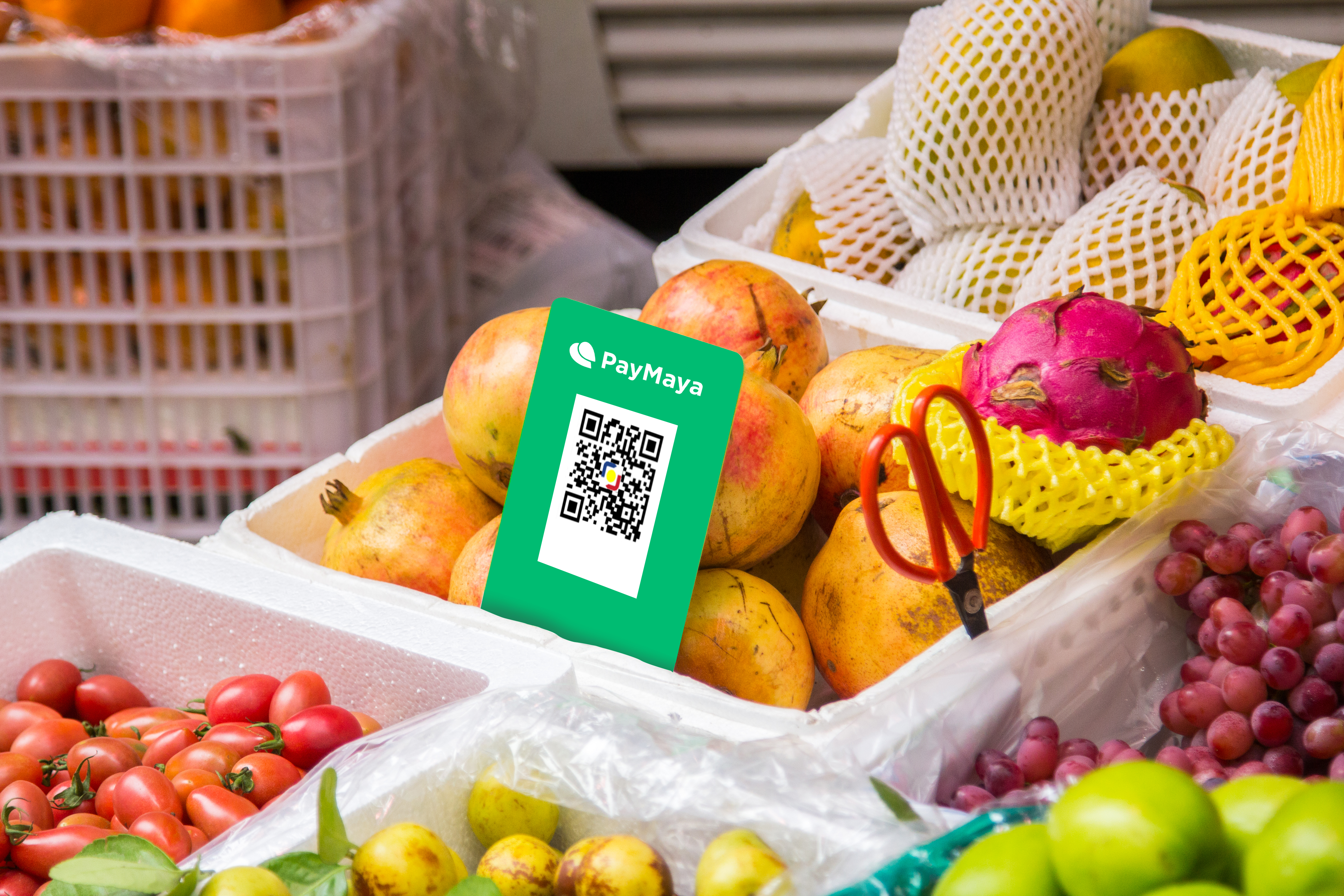
People need to pay for basic necessities, save for a rainy day, or even take out a loan to start a business or pay for emergency expenses. As such, it’s important to equip individuals with the right platforms and financial products and services to meet their needs; and eventually increase financial inclusivity in the country.
However, in a cash-heavy economy, financial inclusion remains to be a little elusive. Despite this challenge, there are various ways for this goal to be met. Here are some examples:
While it might seem like switching from cash to electronic payments is costly, it’s actually cheaper in the long run. It will allow consumers and merchants to closely track all transactions through the transaction history record in their apps or dashboards. Using electronic payments can also help prevent over-indebtedness, thanks to the immediate access to a person’s relevant financial data. This can help in the creation of customized services appropriate to a person’s needs and ability to pay.
Speaking of data, making the change from physical to fully digital payments will provide more reliable information about consumer habits. As a result, service providers can develop solutions that truly meet the needs of the market. Finally, transforming payment systems to digital can shorten transaction times. This can further increase financial access, especially when it comes to government services.
Healthy competition within any industry means that consumers can get the best possible services at lower prices. It also levels the playing field, so that even the new and smaller players can go toe-to-toe with established companies. The same thing applies to financial inclusion. There are going to be multiple options that consumers can choose from-- and they can opt for the best one that serves their needs.
Thankfully, this is now the case in the Philippines. Before, banks used to be the only reliable financial institutions around, now there are fintech companies like Maya, cooperatives, and even telcos that provide financial solutions.
Financial inclusion doesn’t just benefit the consumers, it also benefits businesses. By serving the underserved, they can diversify their portfolio and expand their market reach. Moreover, financial inclusion can strengthen the economy because it helps foster inclusive growth.
Finally, financial inclusion can help people overcome poverty. It builds the concept of saving and investing, not to mention draws more people to contribute ideas and participate more in society. All of these stimulate commerce and ultimately fuel economic development.
While for many countries, achieving financial inclusion is a goal, it can also be said that it’s a process. After all, it’s about addressing all the financial requirements of a customer. Whether that’s sending money to their loved ones or saving for their child’s education, financial institutions need to be able to meet these needs.
Thus, financial inclusion means providing multiple products and services. For example, Maya offers both business solutions and consumer products that address multiple needs. However, it’s also true that there isn’t a single company that can offer every financial need of a person. Therefore, it’s also important for providers to work with other providers. This way, they can create a seamless, convenient experience that will entice consumers.
Financial inclusion requires the involvement of the community. It’s not just the banks and financial institutions that have all the answers. Different sectors and individuals can also contribute by providing innovative ideas that can potentially lead to financial inclusion. It’s important to show support for these initiatives; in fact, such initiatives must be encouraged. This can help cultivate healthy competition and lead to the development of services that specifically cater to a unique need.
There are times when the only remaining barrier between a consumer and a financial service is fear. This is particularly true for those not tech-savvy or those who are not familiar with consumer rights when using consumer platforms. Because of this fear, a consumer may hesitate to avail the services they need and end up not getting it at all.
Thus, one of the keys to financial inclusion is to ensure the dissemination of consumer protection and educational materials. Laws should be continuously strengthened to prohibit abusive business practices. There should also be financial literacy programs. This is especially true for digital solutions, which may be unfamiliar even to those who are using smartphones or electronics in their daily lives.
Financial education is one of the biggest challenges in poorer communities. To address this, companies should continuously implement financial education among its stakeholders.
In a developing country like the Philippines, it can seem like financial inclusion is unachievable. However, with the right approach and a combination of different techniques, inclusive finance can be within reach.
Merchant inquiries:
Maya is powered by the country's only end-to-end digital payments company Maya Philippines, Inc. and Maya Bank, Inc. for digital banking services. Maya Philippines, Inc. and Maya Bank, Inc. are regulated by the Bangko Sentral ng Pilipinas.
www.bsp.gov.ph